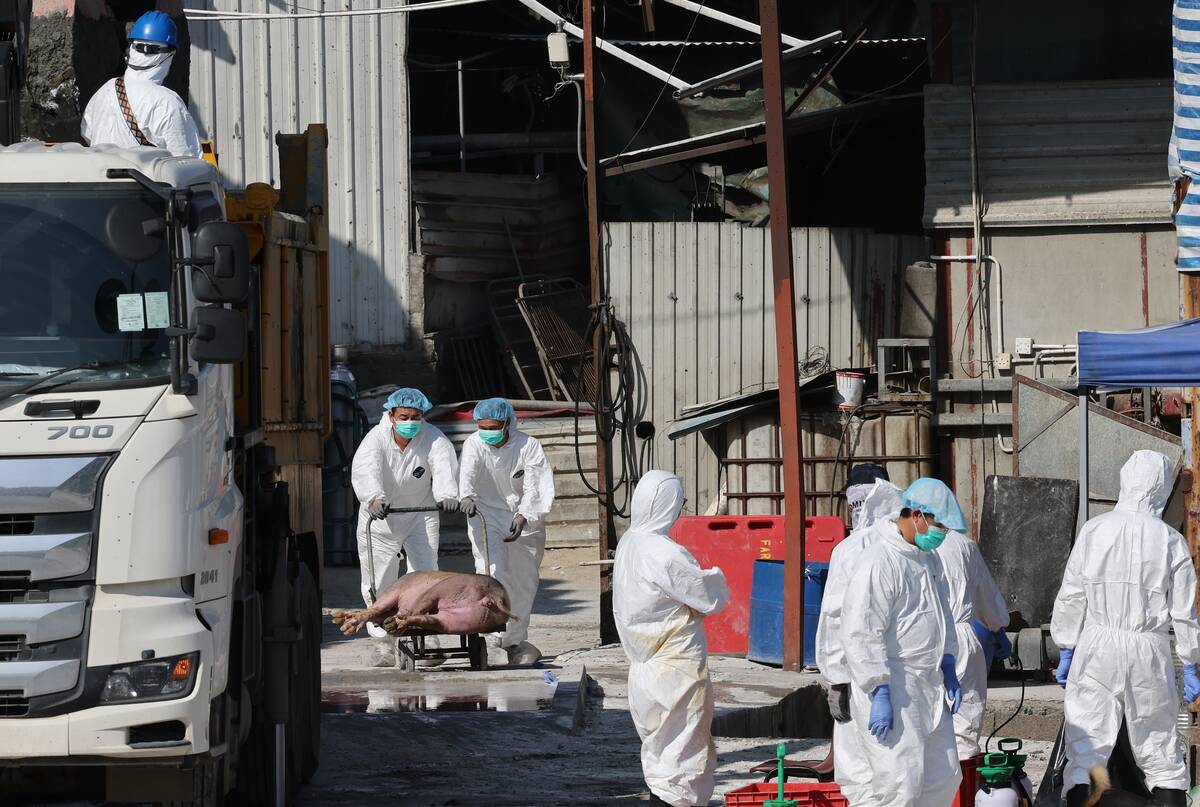A new cattle health surveillance project is being launched in west-central Alberta.
The Sundre Petroleum Operators Group (SPOG) is leading the program, which follows the original study that assessed livestock health in an area with high oil and gas activity.
The original study covered eight beef herds and one dairy herd in the Sundre, Olds and Caroline regions. More than 1,300 head were involved.
The expanded study monitors 20 herds and should cover up to 3,500 cows. Funding comes from the Energy Resources Conservation Board, Canadian Association of Petroleum Producers and SPOG. Membership in SPOG consists of 30 oil and gas companies and about 100 community volunteers.
Read Also

Mixed results on new African swine fever vaccine
The new African swine fever vaccine still has issues, but also gave researchers insight into how virus strain impacts protection against the deadly pig disease.
“We are looking at any correlations geographically throughout the SPOG area. If herds in one area have much different reproductive performance than herds in another area, then you can go in and investigate that in more detail,” said Tom Moffat, a SPOG member and co-chair of the new project.
Results can be shared with groups like the Alberta Veterinary Disease Surveillance Network to examine patterns.
The study will look at pregnancy rates, stillbirths and calf deaths before animals go on summer pasture. Participating producers need to keep good records and all those involved in the Caroline study rejoined, so there is some continuity in the herd health history.
The Caroline study monitored cattle health for 16 years starting in 1991 at a cost of $200,000 per year. The new study will cost about $40,000 per year because post-mortems of cattle will not be done.
The Caroline results did not show direct correlation to oil and gas activity. A larger study in 2006 involving 205 herds from Saskatchewan to British Columbia, run during one cow-calf production cycle, showed a possible connection between cow deaths and higher sulfur dioxide concentrations.
The Caroline study found cows and calves died for a number of reasons. For example, from 1992-2004, 365 calves died at or near full term or within 24 hours of birth.
Post-mortems on 260 of the calves showed more than half died due to calving difficulties, 16 percent due to unknown causes, 10 percent from trauma, eight percent from hypothermia and six percent from bacterial infections.
Cows were most often culled because they failed to get pregnant or had other reproductive problems.















